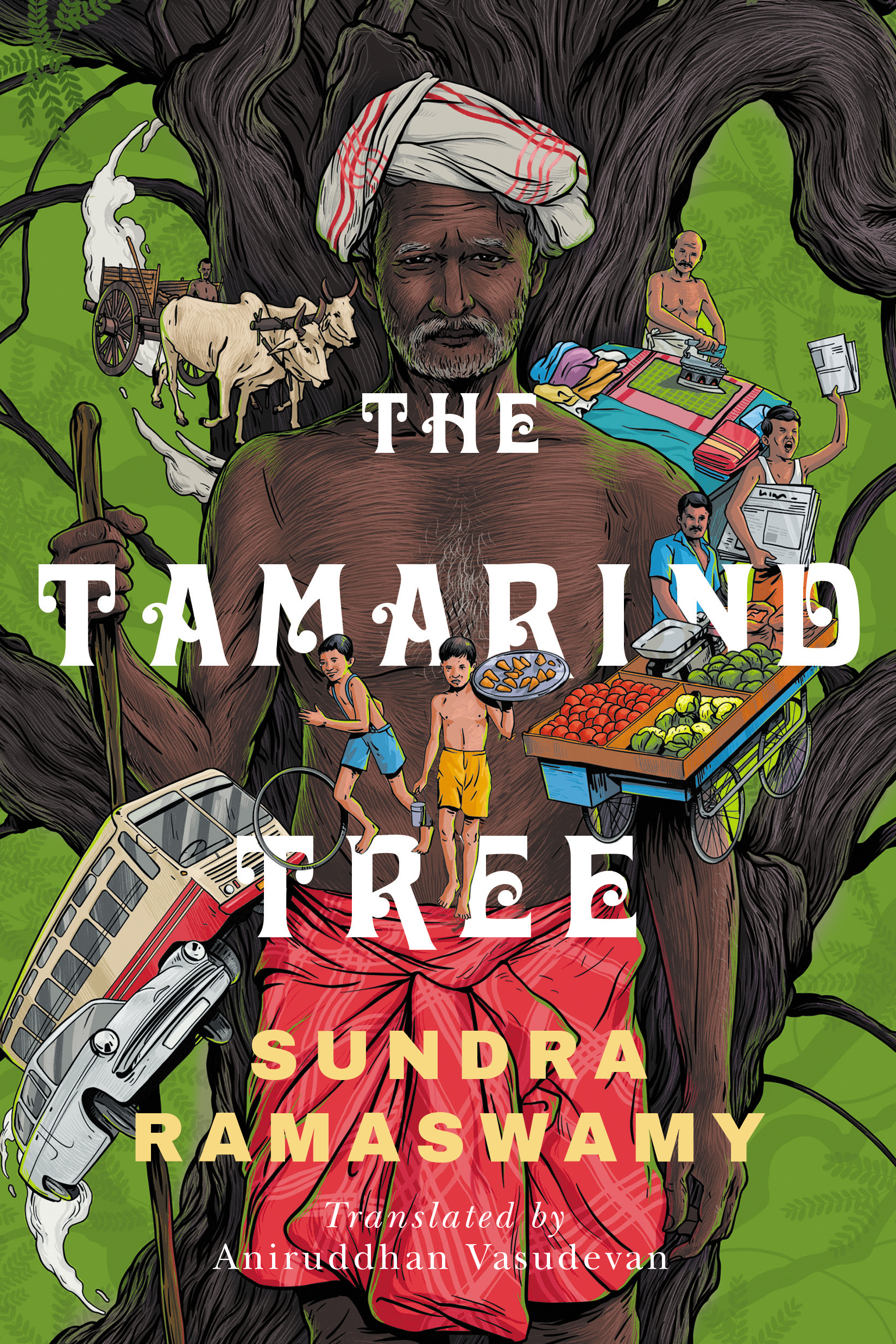What do you think?
Rate this book


208 pages, Hardcover
First published January 1, 1966
In a small village in Southern India lies an old tamarind tree, the eye witness to all that happens around it. Damodara Asan, the village eccentric, loves sitting under the tree and narrating interesting incidents to his fascinated audience, the village kids. Through the recollections, we get to see the life in the village and the thinking of the villagers.
The story comes to us in the first person perspective of an unnamed narrator, who begins with Asan’s anecdotes and then moves into general incidents that occurred around the tamarind tree.